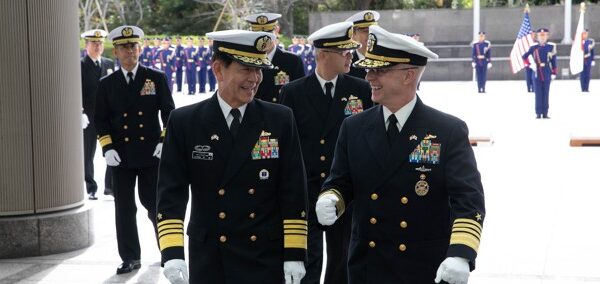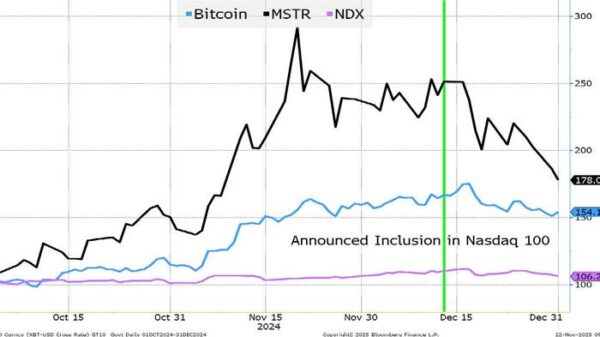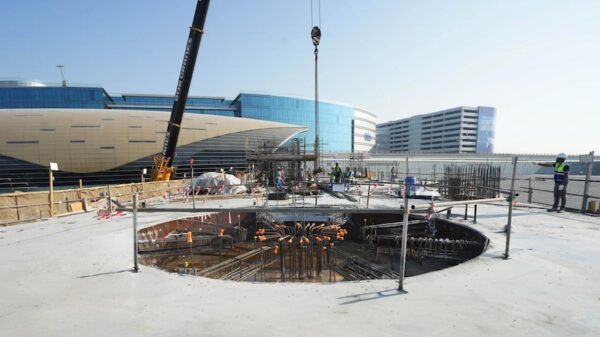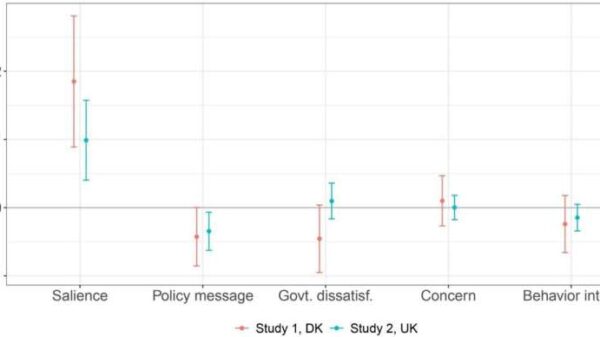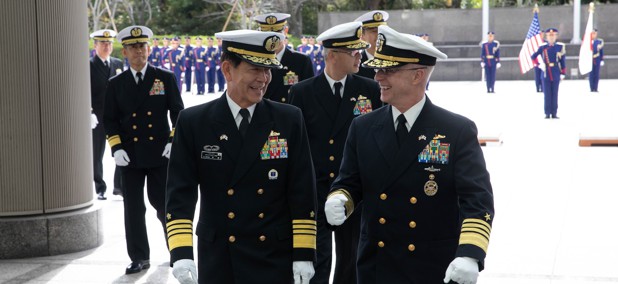The U.S. Navy is actively exploring partnerships with allied nations to enhance its shipbuilding capabilities, according to Adm. Daryl Caudle, the Navy’s chief of naval operations. This initiative comes amid growing concerns about the Navy’s capacity to build and maintain ships effectively. Adm. Caudle emphasized that this effort requires a collaborative approach involving Congress, the administration, and various defense leaders.
International Engagements to Strengthen Shipbuilding
During his inaugural overseas trip as chief of naval operations, which included visits to South Korea, Japan, and Guam, Adm. Caudle toured facilities such as HD Hyundai Heavy Industries and Hanwha Ocean shipyards in South Korea. He noted the potential for these partnerships to bolster U.S. shipbuilding efforts, stating, “There’s so much capability there, that we need to partner with them, in the U.S. and in their own country.”
Adm. Caudle acknowledged that the U.S. is currently lagging in shipbuilding, a situation he attributes to years of atrophy within the industry. He explained that enhancing shipbuilding capabilities is critical for maintaining the Navy’s global presence and deterrence capacity. “It’s such an important part of our global presence here, our logistics here, our ability to defend ourselves,” he said.
Addressing Workforce and Supply Chain Challenges
Despite the unified commitment from leadership, Adm. Caudle cautioned that building ships is a complex process. “Building ships is not a light switch,” he remarked, highlighting the time required to construct high-end vessels. In the interim, he is focused on collaborating with the heads of the Pacific Fleet and Indo-Pacific Command to maximize the effectiveness of existing naval assets.
A critical component of the Navy’s shipbuilding strategy is developing a skilled and dedicated workforce. Adm. Caudle pointed out that high attrition rates pose significant challenges. “When I have double-digit attrition, that’s a challenge for me,” he said. Reducing attrition to single digits is a priority, as it directly impacts the Navy’s ability to build a legacy at shipyards.
Furthermore, a well-trained workforce is ineffective without a robust supply chain. Adm. Caudle stressed the need for the Navy to enhance its supply chain resilience to ensure that workers have access to necessary parts and materials. “It doesn’t do any good if they don’t have the parts,” he noted.
Adm. Caudle’s choice to focus on the Pacific for his initial trip reflects the strategic significance of the region, which he described as the most important after defending the U.S. homeland. He identified three primary threats emanating from the Indo-Pacific: the rapid military advancements of China, the nuclear capabilities of Russia, and the ongoing tensions with North Korea.
“Anyone who’s ever been in my seat is never comfortable with where we stand,” Adm. Caudle remarked, emphasizing the urgency of addressing these threats as their technologies and capabilities continue to grow rapidly. He concluded that sustaining the Navy’s ability to respond effectively is paramount as the geopolitical landscape evolves.







